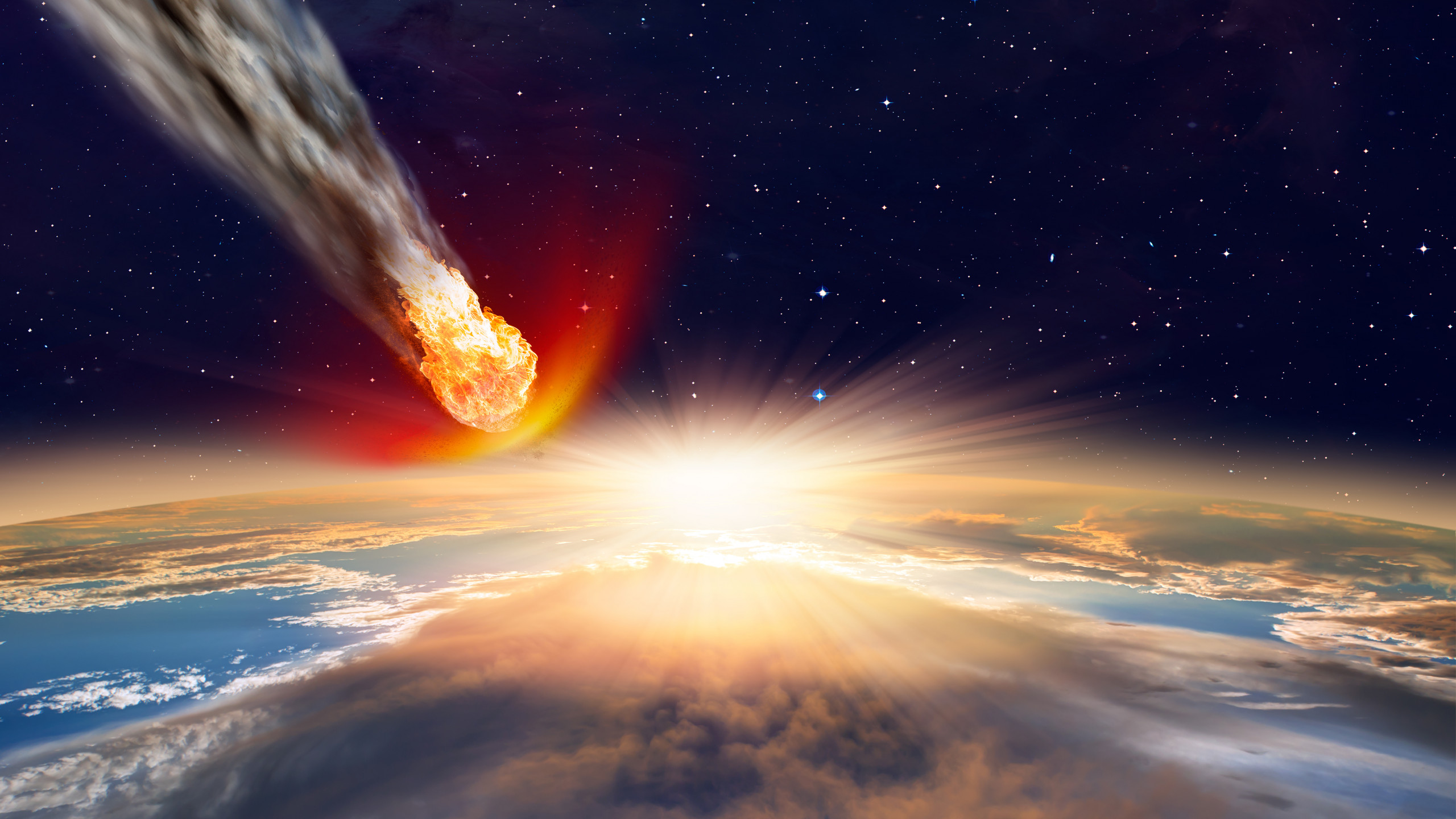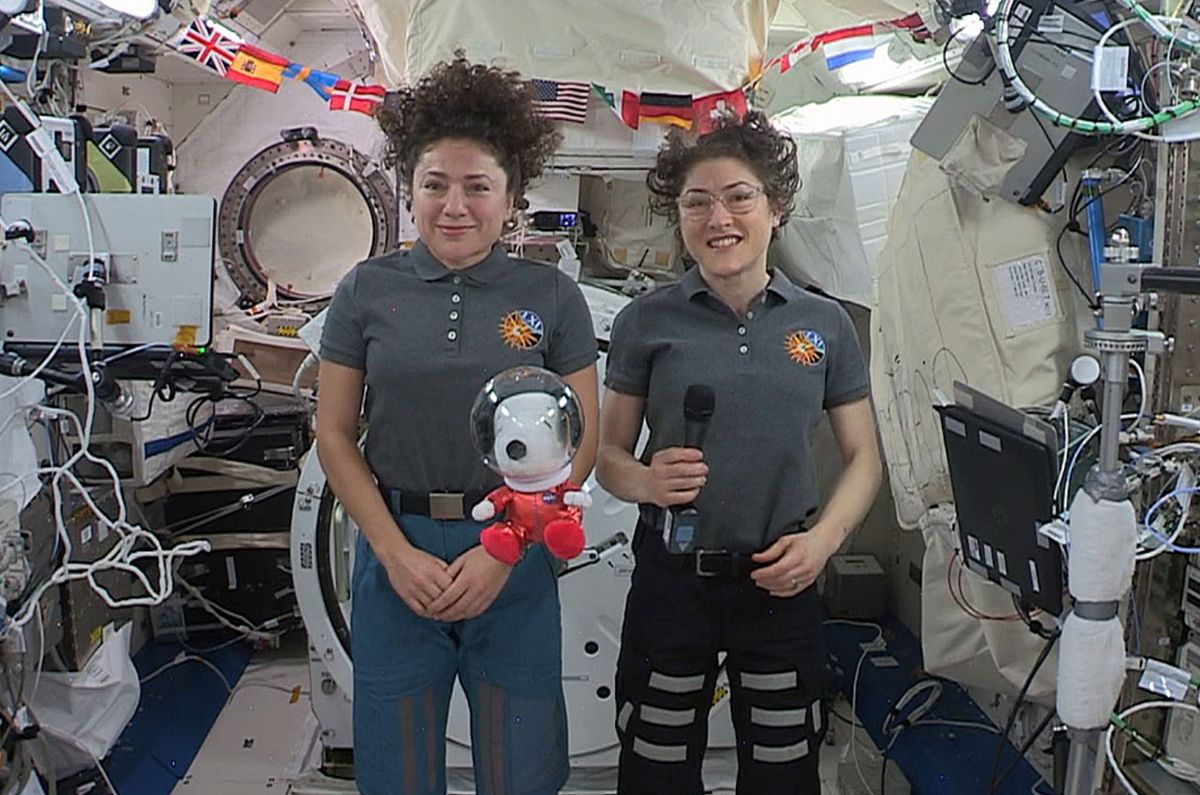

The pressurized area of the ISS has a length of 218 feet with a habitable zone of 13,696 cubic feet, not including these docked spacecraft. The station can accommodate eight spacecraft, all of which can dock at the ISS at one time. This is just a yard short of a football field including its end zones. The modern-day ISS is 356 feet end-to-end, according to NASA, meaning that it is visible from Earth at dawn and dusk. How Big Is The International Space Station? The ISS has continued to grow since then with 42 assembly flights delivering parts and facilities like Destiny, the U.S laboratory module, and the European Space Agency's Columbus Lab, which became part of the station in 20 respectively. The space station has been continuously occupied by crew since November 2000.

In 2000 the first crew, Expedition 1, including cosmonauts Yuri Gidzenko and Sergei Krikalev and NASA astronaut Bill Shepherd, journeyed to the ISS and began the process of "powering up" the space station. The United States contributed its first component for the ISS in December of the same year, sending the Unity Node 1 module to link up with Zarya, marking the beginning of the assembly of the ISS. This section provided fuel storage, battery power, and docking capabilities for the budding space station. Technically the ISS has been in orbit since its first segment, the Zarya Control Module, was launched in November 1998 aboard a Russian Proton rocket from Baikonur Cosmodrome, Kazakhstan. Until then, NASA explained that the ISS, orbiting Earth at an average altitude of around 254 miles, will continue to deliver enormous scientific, educational, and technological developments to benefit people on Earth and is enabling our ability to travel into deep space. Concerns for ISS As $150 Billion Space Lab Creaks With Age in 2021.Fact Check: Did an Astronaut Smuggle a Gorilla Suit Into Space?.Who's on the International Space Station After Arrival of Crew-3 Astronauts."This third decade is one of results, building on our successful global partnership to verify exploration and human research technologies to support deep space exploration, continue to return medical and environmental benefits to humanity, and lay the groundwork for a commercial future in low-Earth orbit." Robyn Gatens, director of the International Space Station at NASA Headquarters, said in a press release: "The International Space Station is entering its third and most productive decade as a groundbreaking scientific platform in microgravity. NASA's report explains how the operations of the ISS will be transitioned to commercial low-Earth orbit destinations, set to begin operations in the late 2020s, that will be used by both government and private-sector customers. Following the end of operations in 2030, the ISS will fall out of orbit and crash into the South Pacific in an area called Port Nemo, the report revealed. The support team on the ground regularly transmits news programs to the taikonauts, which is one of the primary means through which they are kept updated about things happening on the ground, according to CMG.NASA has released its plans for the next decade of operations for the International Space Station (ISS), including its retirement in 2031.

#A day in space station tv#
They had dinner at around 6 p.m., as they do every day, and finished in one hour, after which they started watching "Xinwen Lianbo," the most-watched daily TV news program in China. On arriving at the center at about 4 p.m., the reporter saw Nie Haishang and Tang Hongbo replacing the carbon dioxide removal device, which is part of the environmental control and life support systems in the cabin. They completed a platform inspection of the manned spacecraft and collected trace elements in the air in four hours.Īfternoon work began at 2 o'clock. Read more: A month in China Space Station: What's been done so far?Ī China Media Group (CMG) reporter went to the Astronaut Center of China on Friday to take a sneak peek at the taikonauts' routine. Their daily life aboard the space station has been a novelty for people back on Earth. One month has passed since the three Chinese astronauts, or taikonauts, moved into the Tianhe core module of China's space station Tiangong.


 0 kommentar(er)
0 kommentar(er)
